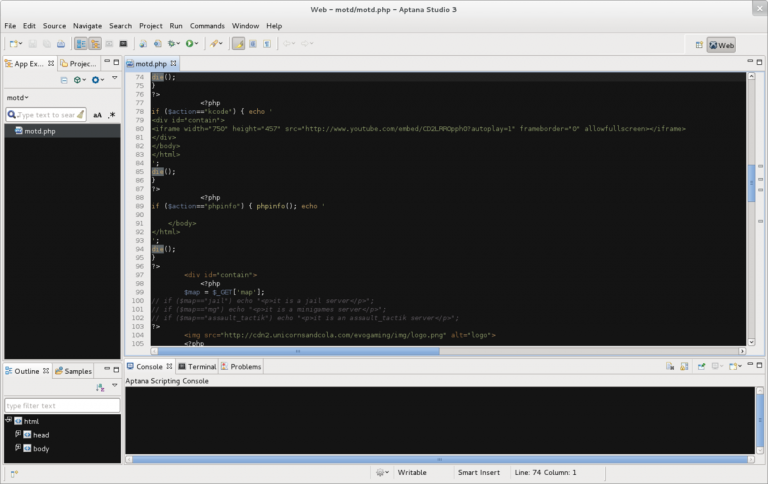

Unable to find image 'redis:latest' locally That command outputs: $ docker run -d -v /mydata/redis_data:/data -name myredis -restart=always redis It also makes the container start automatically after the server reboots. restart=always means the container will restart after it quits unexpectedly. name myredis means we name this container myredis So we should always mount a volume for the important data e.g. When this container is deleted, dump.rdb will be deleted too. If we don't mount a volume, Nginx will save dump.rdb in the container. Nginx will save dump.rdb at /mydata/redis_data in the host. v /mydata/redis_data:/data means we mount a folder /mydata/redis_data of the host as a volume /data in a container. Run it directly with this command: docker run -d -v /mydata/redis_data:/data -name myredis -restart=always redis Mkdir redis_data & mkdir postgres_data & mkdir mkdir log_mynodeapp & mkdir log_nginx We will use them to build images.Ĭreate folders: cd / & mkdir mydata & cd myata There are several Dockerfiles in the dockerfiles folder. It just reads a number from Redis, and gets a query result from Postgres. mynodeapp is a very simple node.js (express) app. The folder /DockerizingWebAppTutorial contains all we need. # MUST logout and re-login to let it effective # Add theuser to docker group to run docker as a non-root user You need to run the following commands as root. One is apt, the other is yum.Ĭurrently, Docker's official installation on Debian 8 does not work. For example, the package management tools on Debian and CentOS are different. I choose Debian instead of 64-bit CentOS because I don't want to spend any time on the differences. Actually the host's OS can be different to the container's OS. The main reason I choose Debian is its distribution size is small and Docker recommends it in Best Practices(it's ridiculous that almost all examples at use ubuntu).

If your Linux is 32-bit, you have to re-install the 64-bit version.
APTANA STUDIO 3 QUIT UNEXPECTEDLY MAC INSTALL
Install Docker on the hostĭocker runs on a 64-bit Linux OS only. We can easily create/delete/change/re-create containers. With Docker, we can put each service in a container. It's not easy to change the settings or the content a lot, because they are in the same environment. The traditional way of building a (low-traffic) website is we install the web app, cache, database, Nginx directly on a server. The key feature I like most is it provides resource isolation. Why Dockerĭocker is a virtualization technology. We use Redis as a cache store, Postgres as the database, and Nginx as the reverse proxy server. In this tutorial, the web app is a node.js(express) app.
APTANA STUDIO 3 QUIT UNEXPECTEDLY MAC HOW TO
This tutorial introduces how to deploy a web app, Redis, Postgres and Nginx with Docker on the same server. Deploying a Web App, Redis, Postgres and Nginx with Docker


 0 kommentar(er)
0 kommentar(er)
